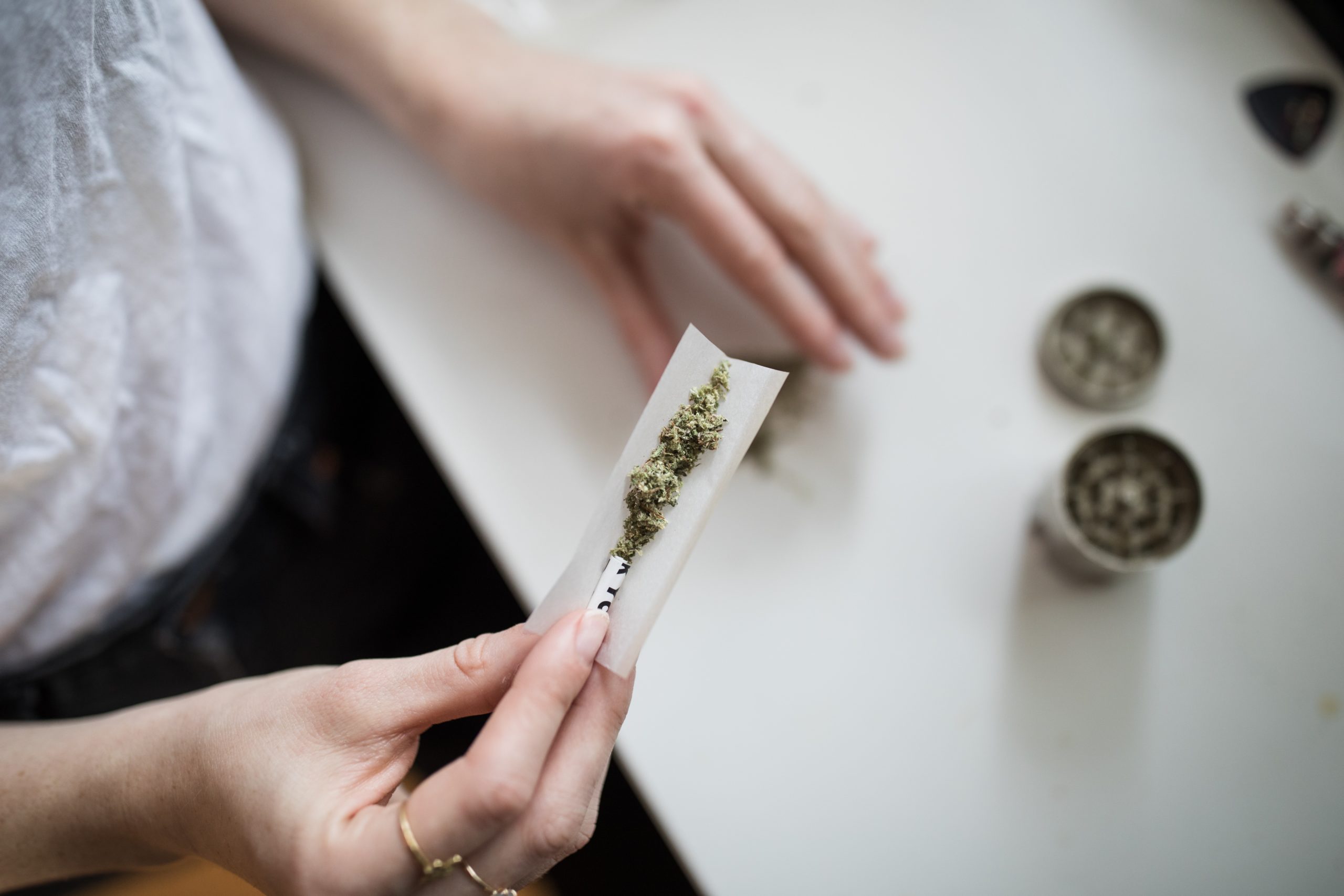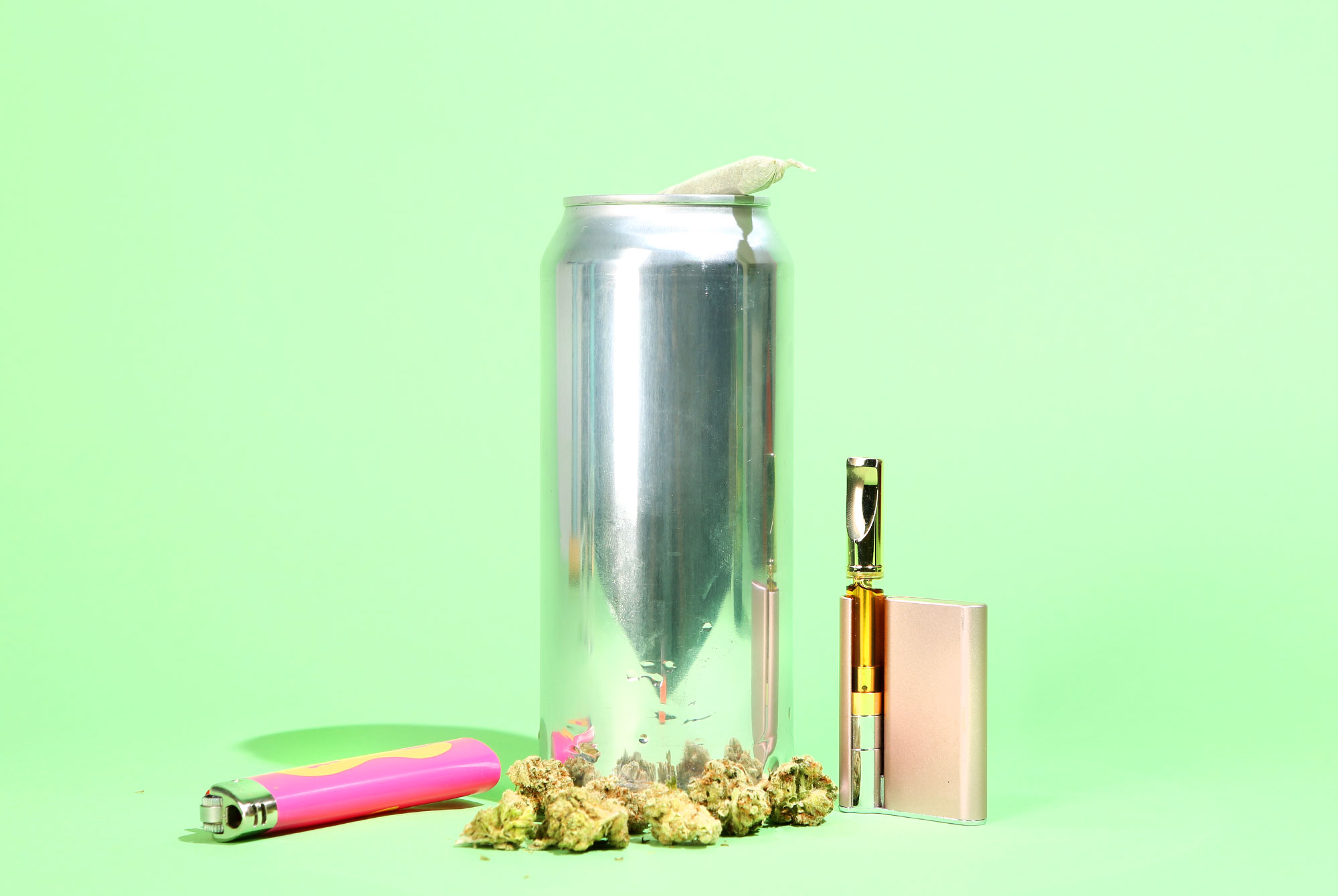Shop
What’s the Difference Between Indica and Sativa?
There are different strains, bro.
If you walk into a cannabis dispensary, you’ll likely find a menu featuring three sections: indica, sativa, and hybrid.
Indica and sativa are the main subspecies of the cannabis plant, each with its own distinctive appearance and physiological effects. A hybrid is a mix of the two.
But what’s the difference between indica and sativa?
Just like beers can either be “ales” or “lagers,” with numerous “styles” that fall under each category, most of the cannabis in the United States is either an indica or sativa (the third category, the hybrid, has no direct counterpoint in the world of beer).
If you’re familiar with different marijuana strains, these would be equivalent to beer styles. So just as Blue Dream and Jack Herer are cannabis strains that fall under the sativa umbrella, stout and IPA are beer styles that fall under the ale umbrella.
And just like ales and lagers are ideal for different times, places, and social scenarios, so are indicas and sativas.
But when should you light up an indica joint, or rip a bowl of sativa? Let’s dive in.
What Is An Indica?
Originating in Afghanistan, India, and Pakistan, indica plants tend to be short and bushy, with broad, robust leaves. However, by the time you buy a product derived from an indica plant at a dispensary, it has most likely been rendered to flower or oil.
More often than not, indica strains yield a flower with musty, earthy, and sometimes cheesy aromas. This is the result of terpenes, which you can read about here.
For consumer purposes, where indicas and sativas primarily differ is in their physiological effects.
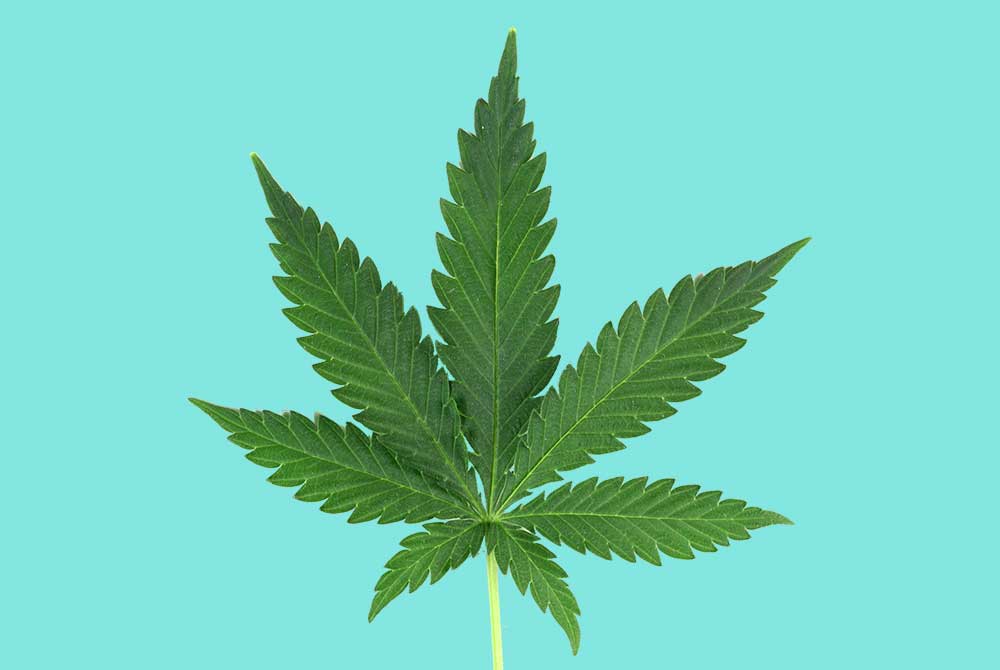
Indicas are known for providing a “body high.” If you want an easy way to remember this, indica starts with an “I,” and an “eye” is part of the body.
If you’ve ever walked in on a friend who can’t get off the couch (or experienced this yourself), they’ve most likely smoked an indica. For this reason, indicas are great for relaxation.
Although we’re not doctors and can’t give medical advice, indica strains are often used medically for body pain and inflammation.
Conditions that tend to benefit from indica strains include arthritis and fibromyalgia.
Recreationally, these strains are best used at the end of a long day, when one wants to sleep or relax.
Popular indica strains:
Northern Lights, Bubba Kush, Platinum OG
What Is A Sativa?
Sativas originated in Asia, Turkey, and Northern Africa. Compared to indica plants, sativa plants are tall and skinny, with thin leaves.
On the whole, sativas tend to take longer to grow and yield less flower than indica strains. Their flower tends to smell sweet, fruity, or even spicy — again, the result of terpenes.
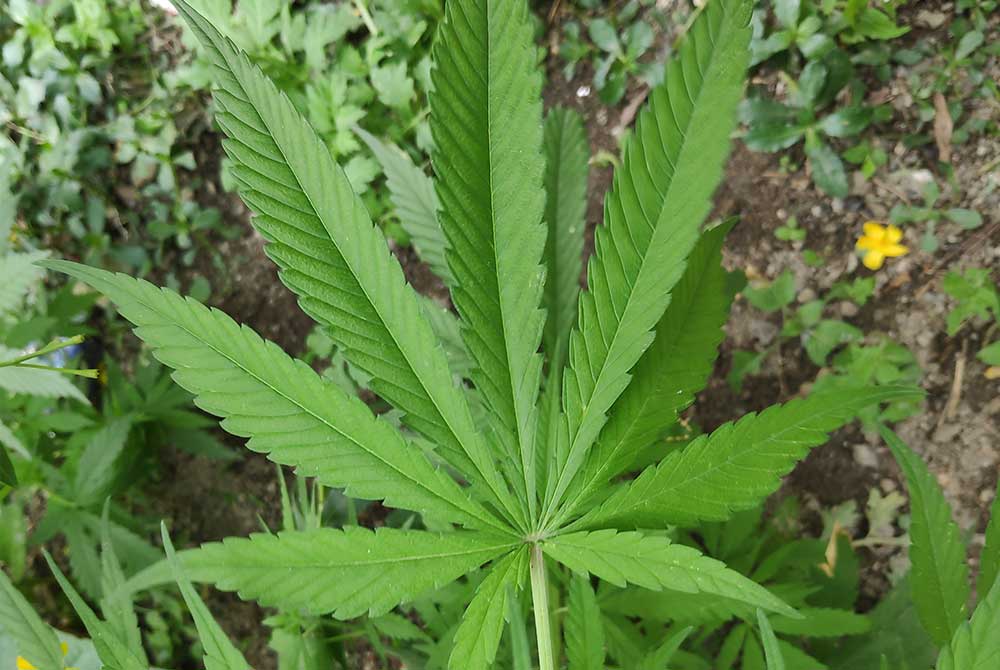
Typically, sativas are known for providing more active, creative highs associated with art and music. For an easy way to remember this, sativa starts with an “s,” and so does “smart.” Unlike indicas, which typically affect the body, this is the high for your brain.
Need a pick-me-up? A novel way to get into the zone? You’ll want a sativa. While it (probably) won’t make you a better artist, it’s bound to give you some exciting ideas.
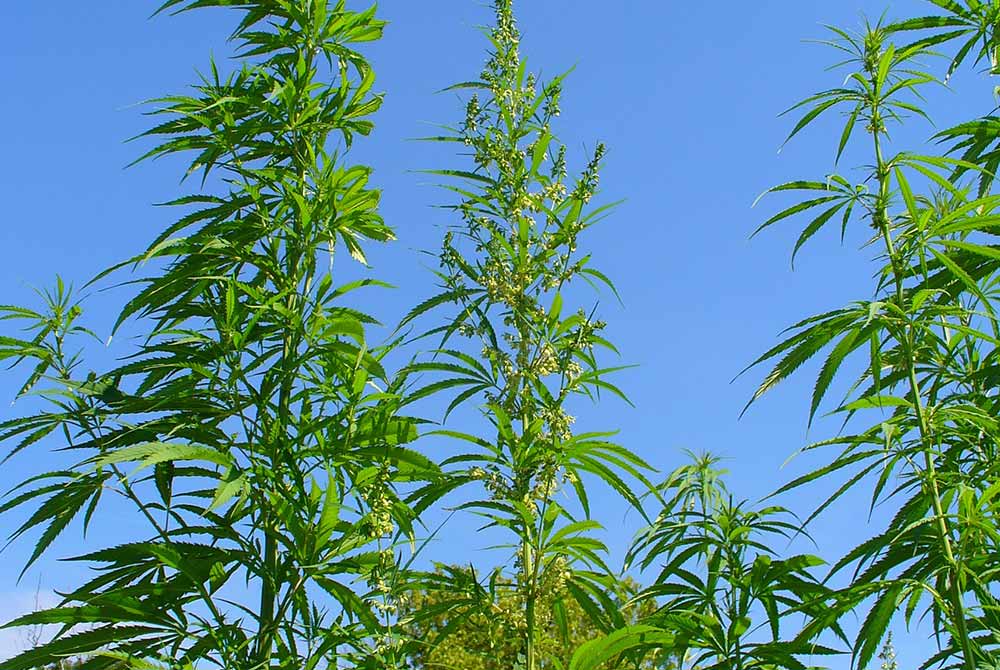
Because of its stimulating effects, sativas are better for active lifestyles. And because of the way it impacts the mind, medical professionals typically recommend sativas over indicas for psychological conditions like anxiety and PTSD.
Popular sativa strains:
Sour Diesel, Jack Herer, Maui Wowie
So What’s The Difference Between Indica and Sativa?
While there are numerous chemical and even physical differences between the two main landraces of cannabis, the primary difference for most consumers is their physiological effects.
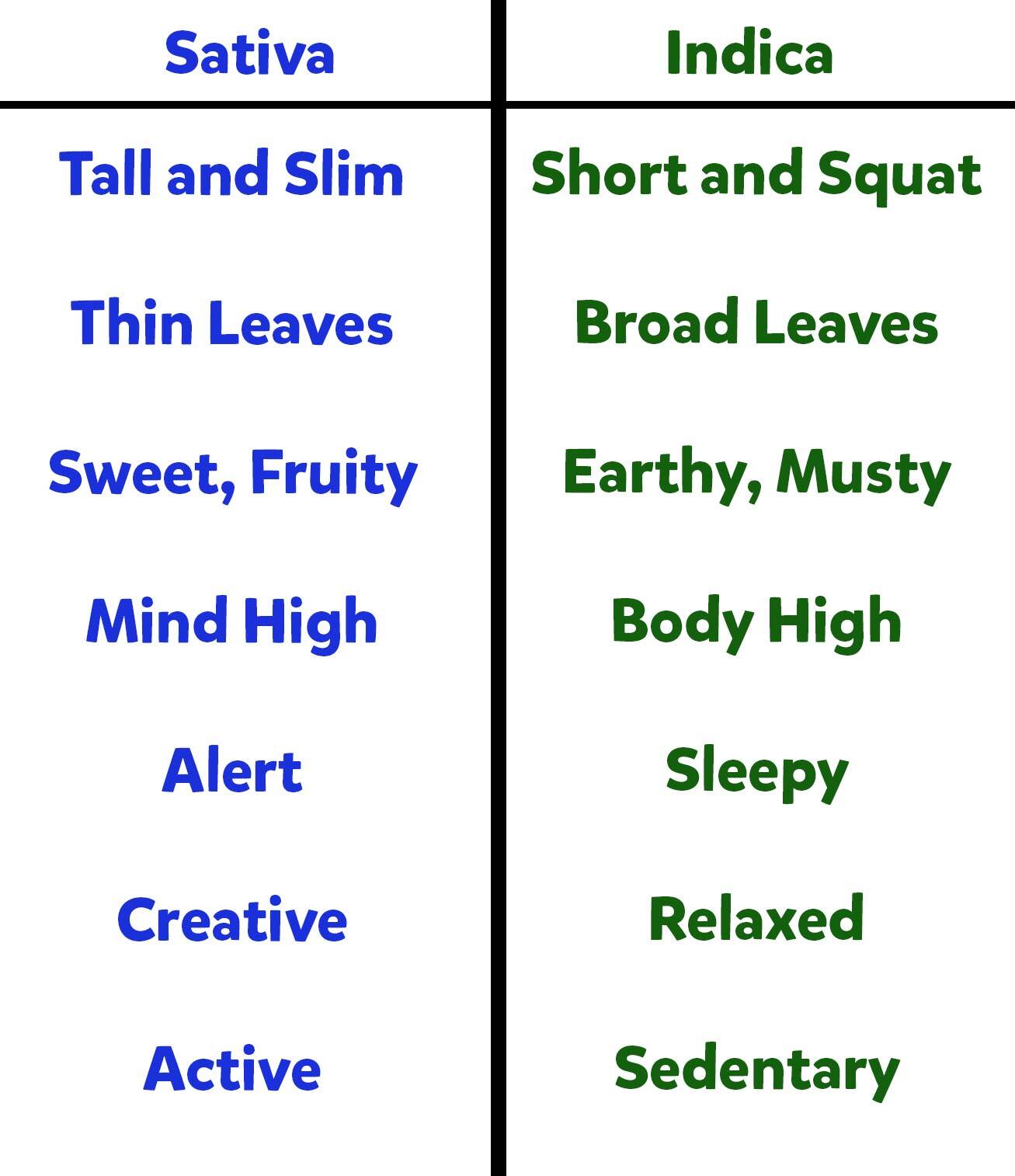
Indica strains tend to be more relaxing, with a stronger impact on the body. Sativa strains are more active, with a stronger impact on the mind.
Check out a few of our favorite places to celebrate: SlickVapes, SmokeCartel, Diamond CBD, and Karma Not Pharma.
Liked this article? Sign up for our newsletter to get the best craft beer writing on the web delivered straight to your inbox.

